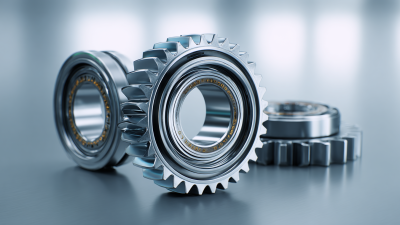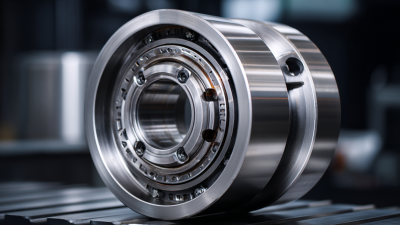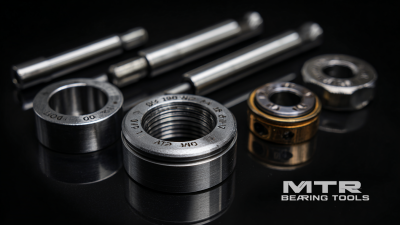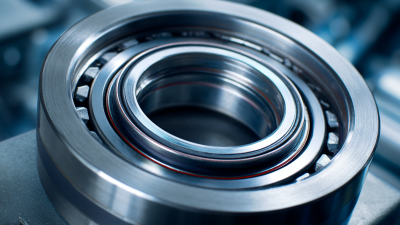How to Achieve Optimal Performance with Innovative Bearing Design Techniques
In the rapidly evolving world of engineering and manufacturing, the importance of
innovative bearing design cannot be overstated.
Bearings play a crucial role in the performance and longevity of machinery, and according to a
recent report by MarketsandMarkets, the global bearing market is
projected to surpass $100 billion by 2025, with a compound annual growth rate
(CAGR) of 7.6%. This underscores the need for advanced bearing
design techniques that optimize performance and increase efficiency.
Embracing new materials, geometries, and manufacturing processes is essential for engineers striving to
meet stringent performance criteria. By leveraging innovative bearing design strategies, companies can
improve operational reliability, reduce maintenance costs, and enhance overall equipment effectiveness.
This article will explore key methodologies that drive optimal performance in bearing design,
providing insights into how industries can stay ahead in a competitive landscape.
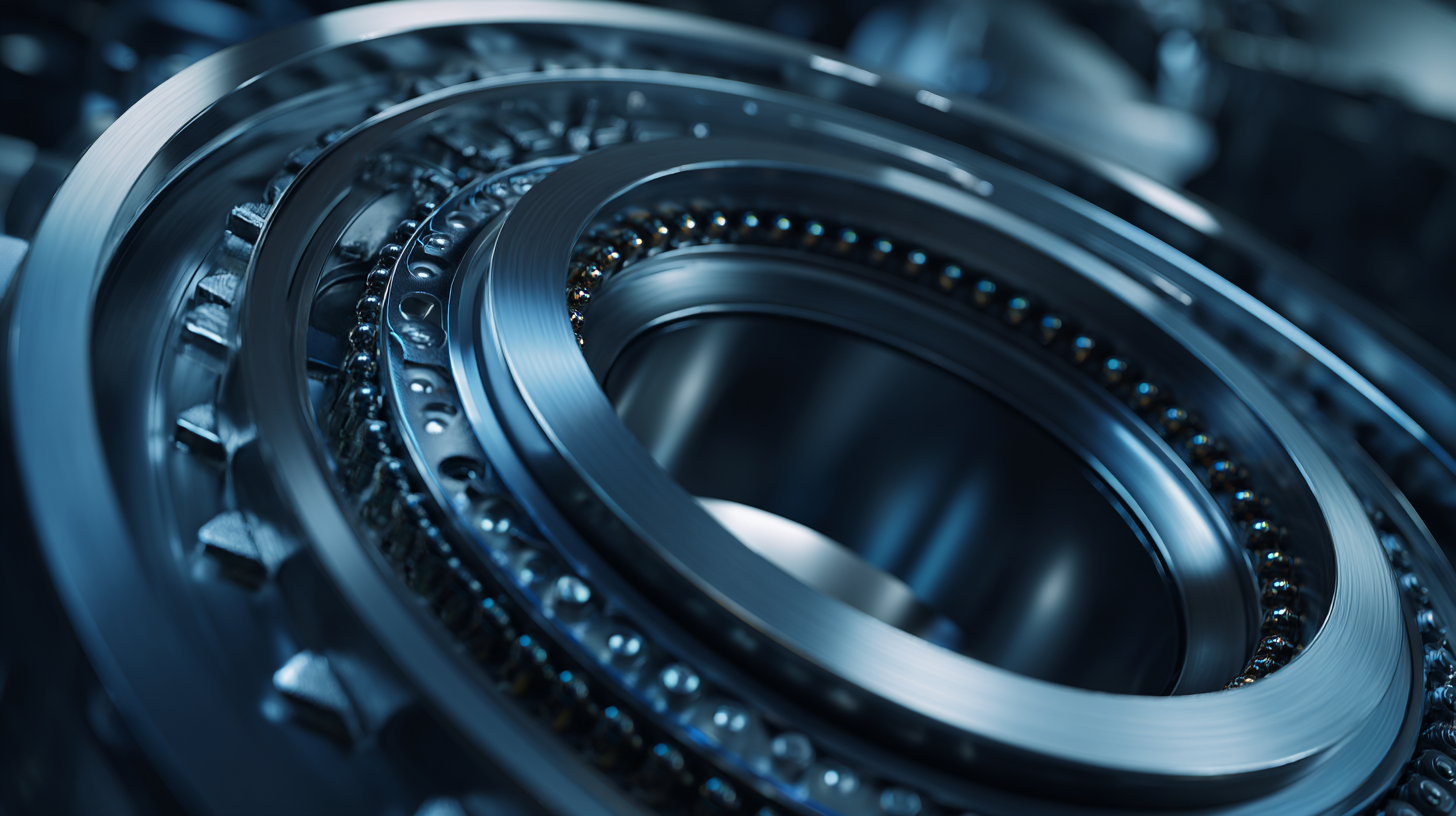
Innovative Materials for Enhanced Bearing Performance
Innovative materials play a crucial role in enhancing bearing performance, enabling engineers to push the boundaries of design and application. Traditional bearing materials, such as steel, often face limitations in terms of weight, corrosion resistance, and thermal stability. Advanced composites and polymers, for instance, offer significant advantages, such as reduced friction and improved resistance to wear and fatigue. These materials can also withstand extreme temperatures and harsh environments, making them ideal for use in industries ranging from aerospace to automotive.
In addition to polymers and advanced metals, the incorporation of nanomaterials is revolutionizing bearing technology. By integrating nanoparticles into conventional materials, manufacturers can create bearings that exhibit superior strength and durability without a corresponding increase in weight. This innovation not only enhances performance under load but also extends the lifespan of bearings, leading to lower maintenance costs and improved efficiency. Such advancements are critical as industries seek sustainable solutions that maintain high performance while reducing the environmental impact associated with traditional bearing materials.
Advanced Manufacturing Techniques in Bearing Design
The evolution of advanced manufacturing techniques in bearing design is driving significant improvements in performance and sustainability. Innovations such as Laser Metal Deposition (LMD) technology enable the creation of bearings that are not only lighter but also designed for circular use, optimizing material efficiency and reducing waste. The integration of advanced materials like lightweight alloys and high-strength steels within bearing construction enhances their performance, allowing them to meet the demanding requirements of modern applications across various industries.
Moreover, the emergence of additive manufacturing techniques is revolutionizing the way bearings are designed and produced. By enabling complex geometries and tailored material properties, these methods lead to better mechanical performance and durability. Techniques that focus on topology optimization are particularly beneficial, as they allow for a design approach that maximizes the functional capabilities of the bearings while minimizing unnecessary material usage. This intersection of advanced design and manufacturing promises to open new avenues for innovation in bearing technology, aligning with broader trends towards sustainable engineering practices.
How to Achieve Optimal Performance with Innovative Bearing Design Techniques - Advanced Manufacturing Techniques in Bearing Design
| Design Technique |
Material Used |
Performance Improvement (%) |
Application Area |
| Geometric Optimization |
Steel |
15% |
Automotive |
| Surface Treatment |
Ceramics |
25% |
Industrial Machinery |
| Hybrid Bearings |
Steel and Silicon Nitride |
30% |
Aerospace |
| Additive Manufacturing |
Titanium Alloys |
20% |
Medical Equipment |
| Modular Design |
Aluminum |
18% |
Renewable Energy |
Dynamic Load Analysis for Optimal Bearing Functionality
Dynamic load analysis plays a crucial role in ensuring optimal bearing functionality in innovative designs. By examining the varying loads that bearings are subjected to during operation, engineers can anticipate potential failure points and enhance the bearing's performance. This analysis incorporates a range of factors, including radial and axial loads, speed variations, and temperature fluctuations. By accurately modeling these dynamic loads, designers can implement adjustments that lead to increased reliability and longevity of the bearings.
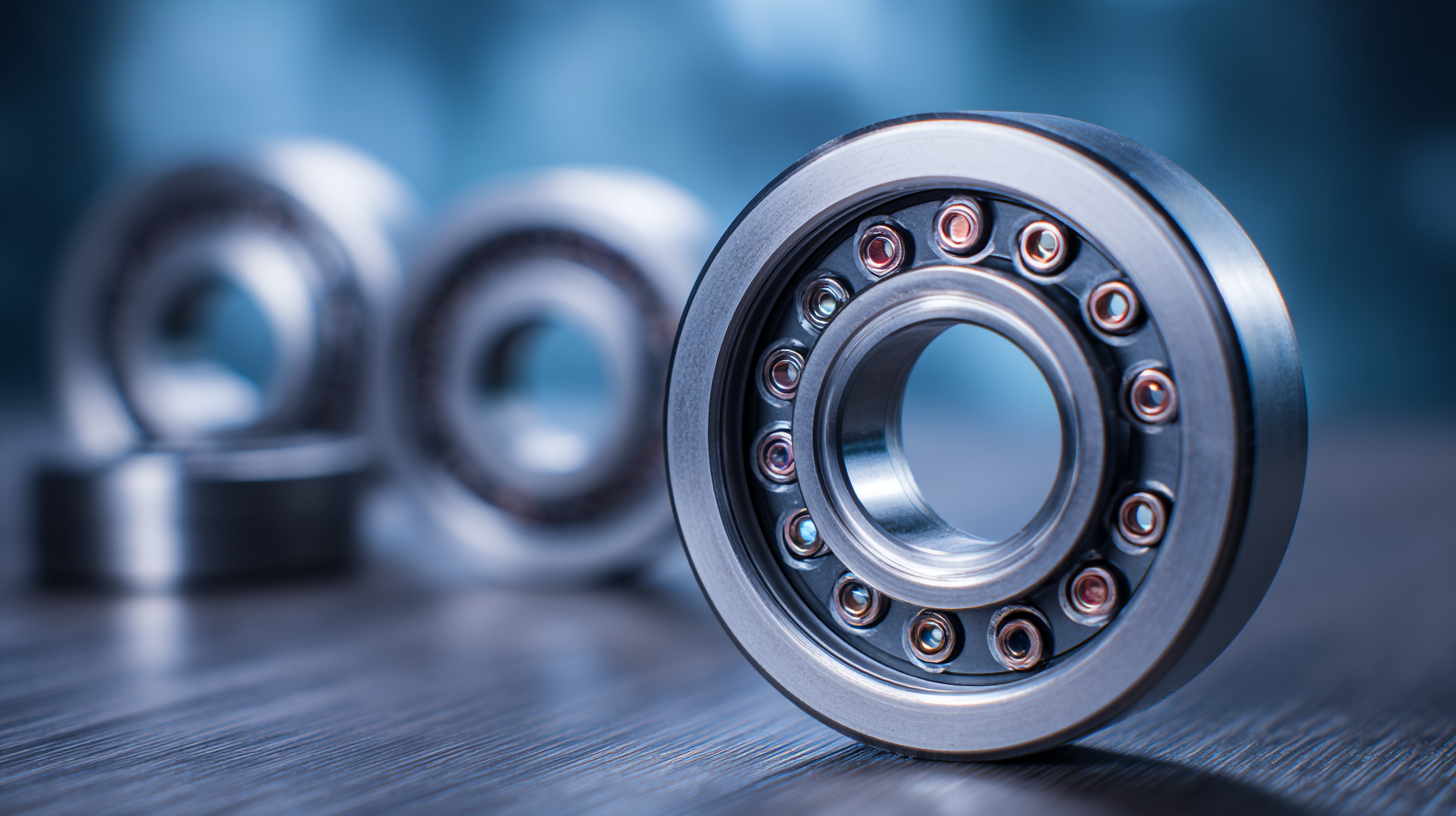
Additionally, understanding the dynamic load characteristics allows for the selection of appropriate materials and geometries tailored to specific applications. Innovations in bearing designs, such as optimizing the contact geometry and lubrication systems, can significantly improve performance by distributing loads more effectively. With advancements in simulation technologies, engineers can now predict how bearings will respond under various loading conditions, leading to better-informed decisions during the design process. This proactive approach not only maximizes the functionality of the bearings but also contributes to the overall efficiency of machinery and equipment, paving the way for more innovative engineering solutions.
Implementing Smart Technologies in Bearing Systems
In the rapidly evolving field of engineering, the integration of smart technologies in bearing systems offers significant advancements in performance and efficiency. Innovative bearing designs, coupled with smart sensors and IoT connectivity, enable real-time monitoring of operating conditions. These technologies facilitate predictive maintenance, allowing for the early detection of potential failures and minimizing downtime. By analyzing data on load conditions, temperature variations, and vibration patterns, engineers can optimize performance and extend the lifespan of bearing systems.
Additionally, the implementation of artificial intelligence algorithms in bearing design enhances the ability to customize solutions for specific applications. For instance, adaptive bearings can adjust their parameters in response to changing operational demands, ensuring optimal performance under varying loads. This dynamic responsiveness not only improves efficiency but also contributes to energy savings and reduced environmental impact. As industries continue to embrace these cutting-edge technologies, the role of smart bearing systems will become increasingly critical in achieving optimal performance across various applications.
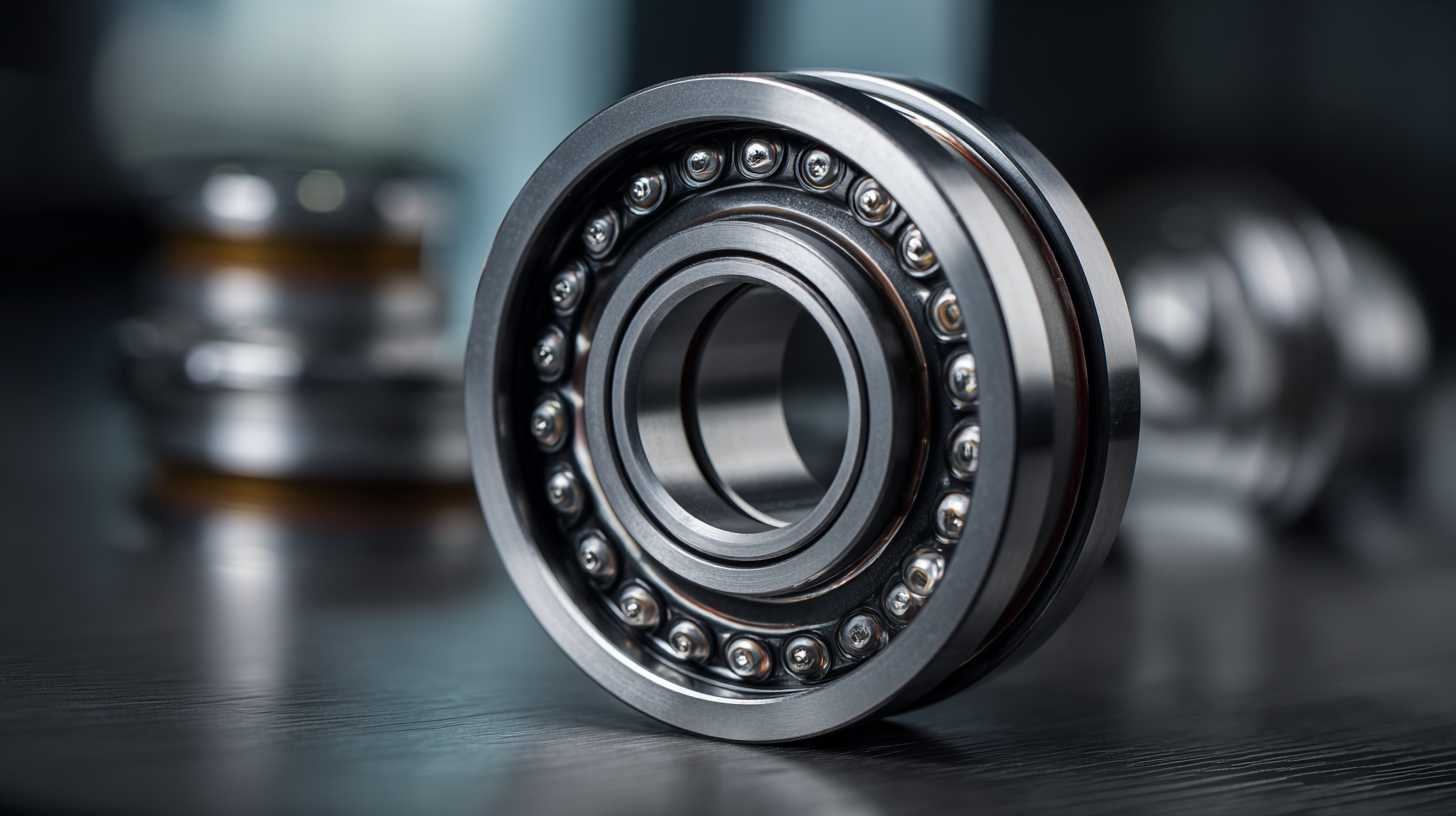
Sustainability Considerations in Bearing Design Innovations
Innovative bearing design techniques are increasingly aligning with sustainability considerations. Recent advancements highlight a paradigm shift in the bearing industry towards circular economy practices. For instance, new manufacturing technologies allow for the development of bearings specifically designed for circular performance, which not only enhances product longevity but also reduces waste generated from production processes. These designs leverage advanced material innovations and eco-friendly methodologies to minimize environmental impact, crucial in an industry traditionally linked with significant carbon emissions.
Moreover, the exploration of bio-lubricants as alternatives to conventional petroleum-based options showcases a commitment to sustainability in bearing applications. These bio-lubricants not only exhibit better performance characteristics—such as improved viscosity and biodegradability—but also align with the global push for non-toxic and renewable materials. As the construction and industrial sectors push towards decarbonization, integrating such sustainable innovations in bearing design can play a vital role in reducing the overall carbon footprint and enhancing the lifecycle impact of products on the environment.
Innovative Bearing Design Techniques and Their Performance Metrics

Home
Products
Industrial Bearings
Deep Groove Ball Bearings
Self-Aligning Ball Bearings
Angular Contact Ball Bearings
Cylindrical Roller Bearings
Taper Roller Bearings
Spherical Roller Bearings
Bearing housing or Accessories
Miniature Bearing
Thrust ball bearing
Radial Spherical Plain Bearing
Pillow Block Bearing
Needle Roller Bearings
Automotive Bearings
Agricultural Bearings
Special Material Bearings
Industry Application
About Us
News
Contact Us






